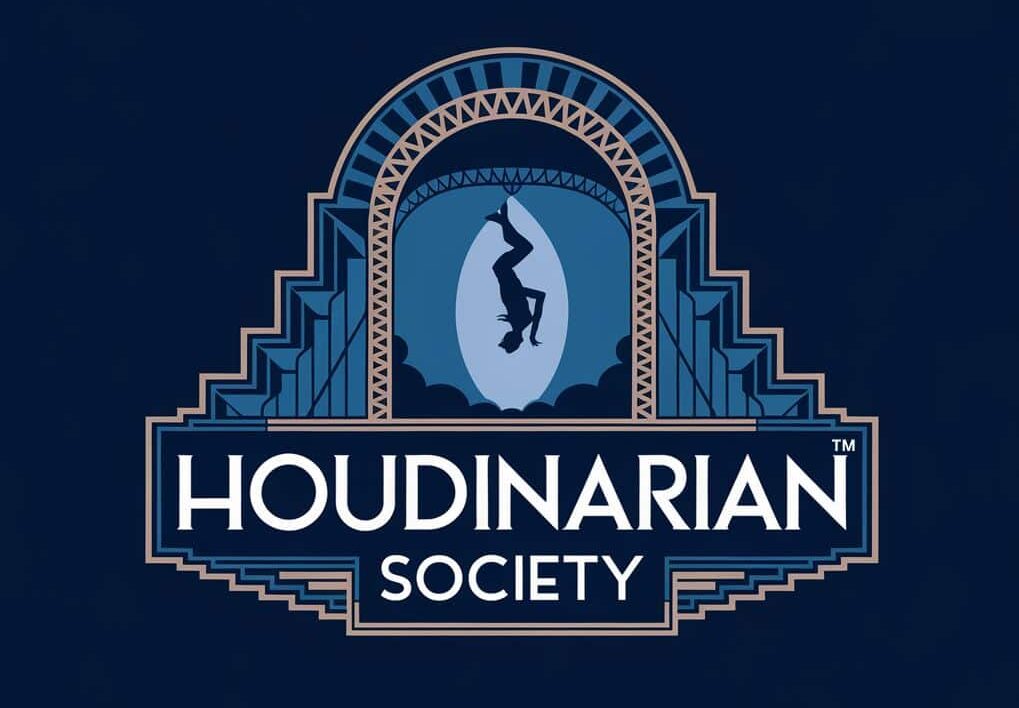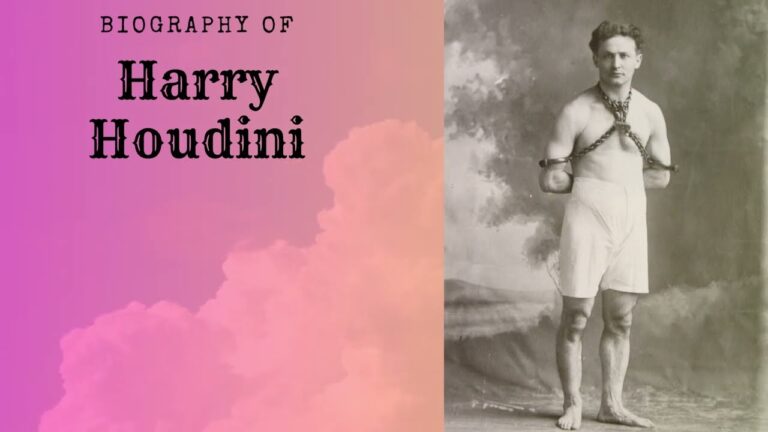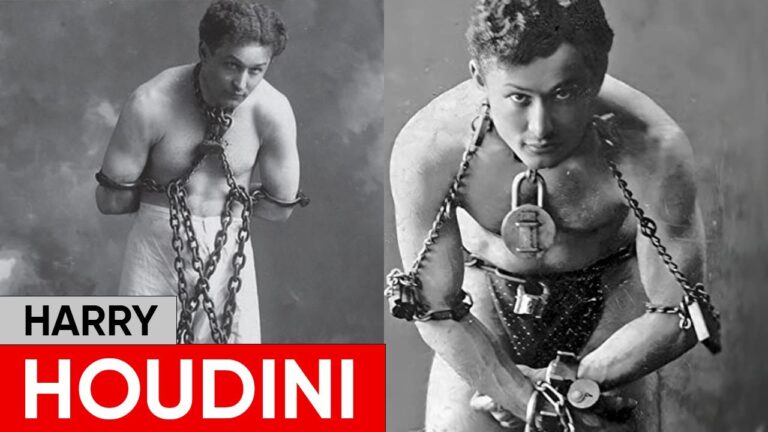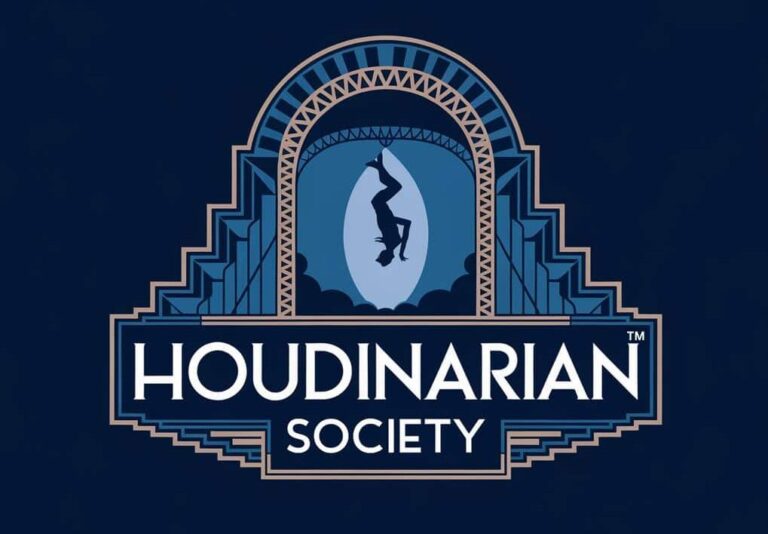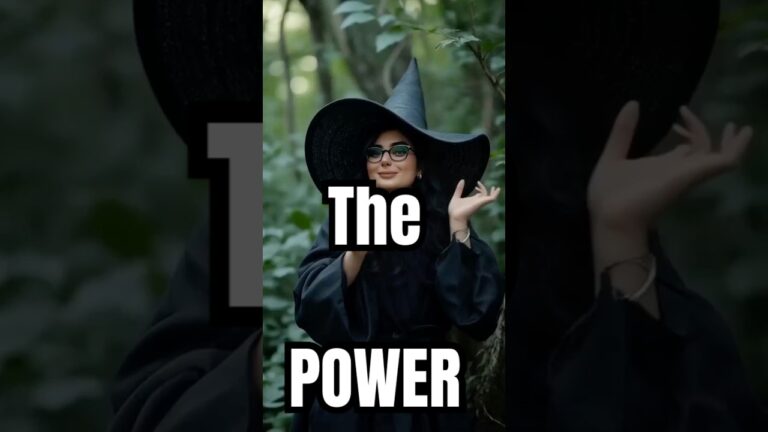Unveiling the Truth Behind Harry Houdini’s Legendary Life and Death
Harry Houdini, a name synonymous with escaping impossible situations and performing death-defying stunts, continues to captivate audiences nearly a century after his death. Known for his supernatural-seeming skills, Houdini’s acts were rooted in intelligence, reason, and meticulous preparation.
From his humble beginnings as Ehrich Weiss, a Jewish-Hungarian immigrant, to becoming one of the most celebrated magicians in history, Houdini’s life and career were filled with extraordinary feats and relentless ambition.
Early Life and Initial Struggles
Born in 1874 in Budapest, Ehrich Weiss immigrated to Wisconsin with his family, where they faced severe financial hardships. His father, struggling to make a living, moved the family to a New York slum after failing to establish a career as a rabbi.
Young Ehrich’s early fascination with illusionism offered a glimmer of hope for escaping the drudgery that awaited many young immigrants at the time.
Formative Years and Early Performances
By the age of six, Ehrich was already practicing sleight of hand and performing at circuses. His desire for success grew stronger when his father fell ill, prompting him to set up an improvised circus with neighborhood boys at just nine years old.
He crowned himself “Prince of the Air,” showcasing his flair for self-styling that would become a hallmark of his career.
The Birth of Harry Houdini
In the 1890s, inspired by the memoirs of 19th-century French magician Jean-Eugène Robert-Houdin, Ehrich added an “i” to Houdin’s name and adopted the first name “Harry” in homage to American magician Harry Kellar. Thus, Harry Houdini was born.
Along with his younger brother Theodore “Dash” Hardeen, Houdini set up a traveling circus featuring high-wire acts, snake charmers, and belly dancers.
Signature Act: Metamorphosis
The duo’s signature act, Metamorphosis, first performed at the 1893 Chicago World’s Fair, catapulted them to acclaim. In this act, Dash tied Houdini up and placed him in a sack inside a chest. When the curtain was pulled, Dash had astonishingly replaced Houdini, leaving the audience in awe.
Within a year, Dash was replaced by Wilhelmina Beatrice Rahner, or Bess, whom Houdini had married and made his new partner in magic.
Rise to Fame and Sensational Stunts
Despite their popularity, the Houdinis’ earnings were initially scant. Houdini knew he had to maximize sensationalism to draw larger crowds.
His experience as an apprentice locksmith gave him the idea to challenge police stations to handcuff and lock him in a cell, from which he would escape within minutes. These stunts garnered significant media coverage, boosting their show’s attendance.
International Success and Increasing Risks
In 1899, entrepreneur Martin Beck offered Houdini a contract to perform in his theaters, providing a substantial income and new opportunities. By 1900, Houdini was performing in Britain, and by 1903, in Russia.
His popularity led to numerous imitators, forcing him to continually up the ante with more dangerous stunts.
- Locked in water-filled milk cans
- Thrown chained off bridges
- Tossed bound in packing crates into the sea
Starting in 1908, his signature act involved being locked in a milk can full of water. In 1912, he replaced this with the water torture cell, where he was bound in chains and padlocks and submerged upside down. His daredevilry won him star roles in early cinema, including the 1919 movie *The Grim Game*.
The Man Behind the Magic
Houdini’s acts were more than just performances; they were a means to conquer fear. He subjected himself to “tortuous self-training” to avoid panic during his stunts.
Some biographers suggest that his extreme acts were a way to resolve the trauma of being a poor outsider and counter the prevalent stereotype that Jewish men were physically weak.
Critique of Spiritualism
Houdini was fiercely critical of spiritualism, a popular practice at the time, regarding it as fraudulent. His career can be seen as a testament to extreme rationalism in the face of death. Yet, for a man always prepared to die, the nature of his demise was unexpected.
The Mysterious Death of Harry Houdini
In October 1926, during the height of his career, Houdini was in Montréal to perform at McGill University. A student asked if he could withstand punches to his abdomen. Houdini replied affirmatively but seemed unprepared for the blow, which caused him significant pain.
Days later, on October 31, 1926, Houdini died in Detroit at age 52. The cause of death was peritonitis caused by appendicitis. Debate continues over whether the punch was fatal or if he succumbed to an unrelated intestinal condition.
Legacy and Myths
In his will, Houdini left his effects and props to Dash, requesting they be burned upon Dash’s death.
Over the years, many myths have formed around Houdini.
One popular story, recounted by Orson Welles, claimed Houdini made the bells of the Kremlin ring simply by lifting his hand.
This story is highly implausible, given Houdini’s hostility toward paranormal performances. However, it underscores the core contradiction of his career: a rational man performing seemingly magical feats.
Nearly a century after his death, Harry Houdini’s aura of the supernatural continues to fascinate.
His life and career remain a testament to the power of intelligence, preparation, and a relentless drive to push the boundaries of what is possible.
For more on Houdini’s extraordinary life, visit the National Geographic article on Harry Houdini.
